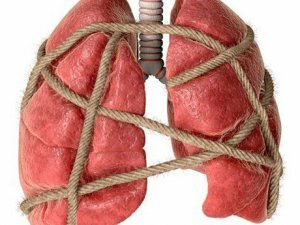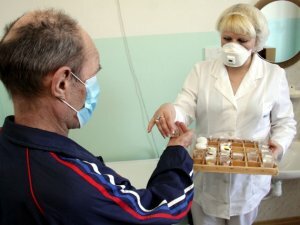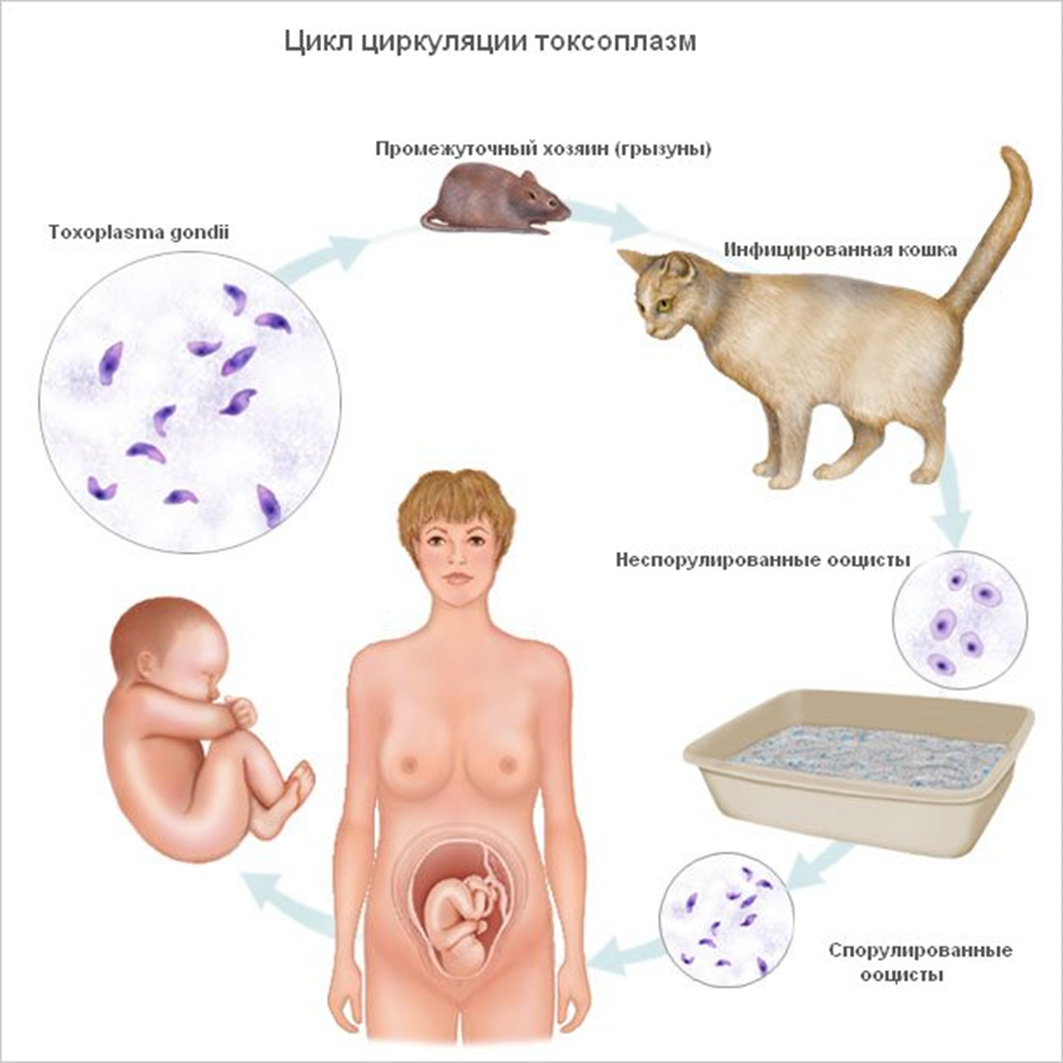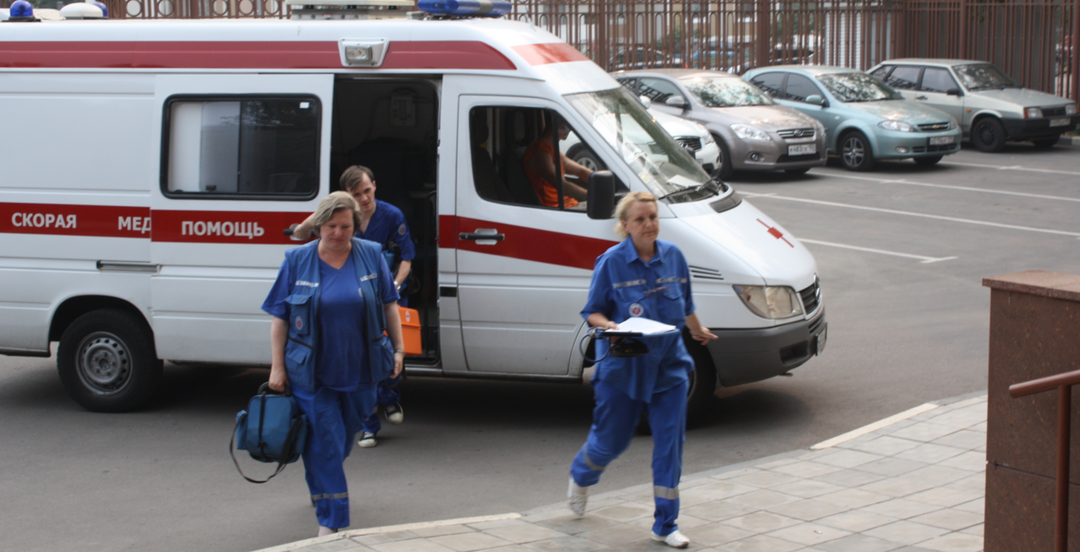Drug-resistant tuberculosis
 Drug-resistant tuberculosis, as in the case of ordinary tuberculosis, is caused by a stick of Koch. But there is a difference in their disease and there are a lot of them. Thus, drug-resistant tuberculosis is a stronger and more stable form compared to a common disease. This is also expressed at the stage of treatment, when drugs intended for routine tuberculosis turn out to be inactive before LUT.The disease itself is severe and deteriorates year by year.
Drug-resistant tuberculosis, as in the case of ordinary tuberculosis, is caused by a stick of Koch. But there is a difference in their disease and there are a lot of them. Thus, drug-resistant tuberculosis is a stronger and more stable form compared to a common disease. This is also expressed at the stage of treatment, when drugs intended for routine tuberculosis turn out to be inactive before LUT.The disease itself is severe and deteriorates year by year.
Recently, there are a lot of forms of LUT, which is growing without hindrance. If earlier this type of illness has arisen as an incorrect application of drugs and inconsistencies in treatment, now such a diagnosis is pursued by literally every second patient who for the first time turns to the phthisiatrician.
Patients who are at risk
 Diseases can be exposed to people who have such infections and illnesses:
Diseases can be exposed to people who have such infections and illnesses:
- persons who are infected with AIDS;
- people with a predilection for drugs and alcohol;
- representatives of the public who have problems with immunodeficiency and reduced immunity;
- people who do not have permanent residence and live in zones of full or partial unsanitary conditions;
- persons, prisoners in prisons and pre-trial detention centers. A large number of congestion of different people can lead to the spread of the disease. Also, an important role is played by the wrong method of treatment in places of deprivation of will.
- people who had previously fallen ill and undergoing treatment, but who do not have real results in the process of recovery.
The main symptoms of the disease
 The main signs of the disease include such manifestations:
The main signs of the disease include such manifestations:
- chronic course of the disease, which have a particular exacerbation;
- if the X-ray shows not small tuberculosis foci, but large strips;
- tuberculosis can easily interact with bacterial or particular diseases and infections, as sputum contains a large number of microbacteria.
The causes of drug-resistant tuberculosis
The first of the causes of tuberculosis infection of a drug-resistant form can be attributed to the infection of one person from another who has this disease. The second group means infectious infection during treatment. That is, people who have the usual form of tuberculosis, can get a certain mutation due to improper use of drugs or their inactivity on the disease and its focus.
Because of the treatment, the composition of the bacteria that create a mutation could change and do not take the usual forms of prevention in the future. But along with ordinary bacteria, there are always those who have defects and do not perceive drugs as a threat. If we take into account the fact that there are at least one hundred million bacteria in one foci of tuberculosis at the same time, then mutational forms of infectious bacteria are necessarily located in them. They will be resistant to all known medicines in the world.
If the process of cure goes in the right direction and no errors are allowed, the mutational bacteria will not play any role. Again, if the treatment is wrong, if: treatment courses were completed earlier, the medications were administered in small doses, the drugs were not picked up correctly, or the combination of drugs did not meet the standards, the bacteria of the wrong content in relation to the usual, not so dangerous bacteria, becomes larger. As a result, the disease develops much more quickly and the forms of bacteria acquire a viable appearance, which helps them to multiply rapidly.
Signs of LUT in the treatment of
Patient begins to cough with phlegm. It can also be expectoration accompanied by bloody outflows, increased sweating, a sharp decrease in weight, a feeling of weakness. The doctor will be able to distinguish LUT even before receiving the test of the test for sensitivity to bacteria.
Treatment of drug-resistant tuberculosis
 It is worthwhile to understand that the usual drugs with which simple tuberculosis is treated can not be cured, since mutated bacteria are no longer susceptible to drugs. The doctor determines the further treatment individually. Since the specialist should find out the individual structure of the patient, and also see the threshold of his sensitivity to drugs. The course of treatment can last from a half-year examination to two-year therapy. The chances of getting rid of such an ailment are approximately 50-80%, depending on the condition of the patient.
It is worthwhile to understand that the usual drugs with which simple tuberculosis is treated can not be cured, since mutated bacteria are no longer susceptible to drugs. The doctor determines the further treatment individually. Since the specialist should find out the individual structure of the patient, and also see the threshold of his sensitivity to drugs. The course of treatment can last from a half-year examination to two-year therapy. The chances of getting rid of such an ailment are approximately 50-80%, depending on the condition of the patient.
Remember that most standby drugs have toxicity, so they can cause side effects that lead to long patient agonies. Sometimes doctors resort to surgical intervention during treatment, that is, they cut out a part of the infected lung.
But the basic principles of treatment remain the same:
- continuity of treatment,
- its duration,
- application of various kinds of drug combinations.
- monitoring by health professionals.



